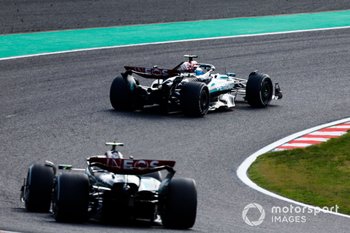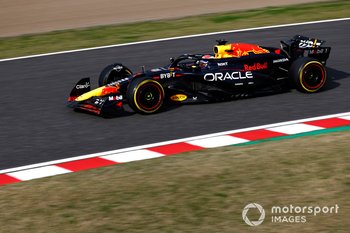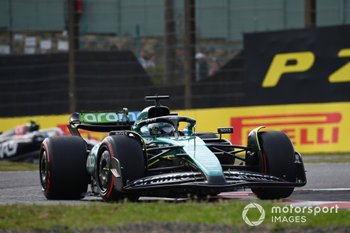F1 News
Mercedes: F1 quirk that makes ‘no sense’ offers clues to W15’s real fault
The German manufacturer has endured a challenging start to the 2024 campaign where its new car has shown promise but also some key weaknesses that have left Lewis Hamilton and George Russell struggling at times.
In particular, Mercedes has been chasing answers about why its car is not performing as well as anticipated in high-speed corners.
Part of the initial investigation has involved the correlation between what the downforce figures that its wind tunnel and CFD simulations are saying should be produced and what it is finding in real life.
It focused a great deal of effort on trying to better understand the phenomenon at play that could explain why the downforce was missing.
But deeper analysis of its W15 has actually thrown up something even more intriguing – in that it now believes the downforce is being produced exactly as predicted - but that it is not actually bringing it any benefit in performance.
It is understood that this discovery has shifted the mindset within the team that the issue could be more mechanical related than aerodynamic – which is what prompted it to try some different set-up directions at last weekend’s Japanese Grand Prix.
Asked by Motorsport.com about its latest understanding of the car, Mercedes boss Toto Wolff said: “We are measuring downforce with our sensors and pressure tabs, and it's saying to us that we have 70 points more downforce in a particular corner in Melbourne than we had last year.
“But, on the lap time, it is not one kilometre per hour faster. It doesn't make any sense. So, where's the limitation?
"I think we wanted to tick some few boxes to understand: is there any limitation that we have spotted? I think there is.”
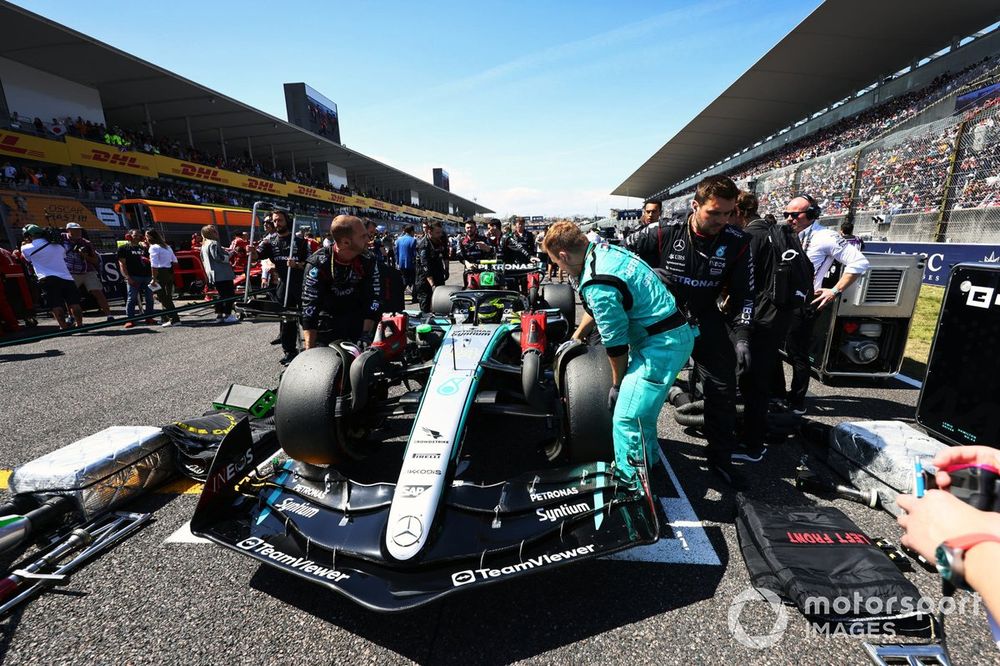
Wolff admitted that the situation was actually hard to comprehend and suggests Mercedes had not got as good an understanding of things as it has now.
“Everything over these two years which we have seen points that there should be much more downforce than we believe it is,” he said. “And now we've measured the downforce and it is there.
“But we're just not able to extract the lap time out of it that we should, and that the simulations show us. It's not trivial.”
While the aerodynamics of F1 benchmark Red Bull have been an element in its success, it is widely accepted that the team’s strengths are helped hugely by its ride quality – with its suspension systems being perfectly suited to the demands of the current ground effect cars.
Wolff thinks that key to Mercedes unlocking what is needed from its car is in ensuring that the mechanical aspects of the car are much better aligned with its aero qualities.
“I think that the car is so complex for us, where we put it in terms of the aero balance and mechanical balance,” he said.
“These two need to correlate, and we've followed a certain trajectory over the last years. We kept turning in circles, and we came to a point to say, ‘okay, we've got to do something different here.’”
Watch: F1 2024 Japanese Grand Prix Review – Normal Service Resumed
-

 F1 News19h ago
F1 News19h agoStella: "Unacceptable" Magnussen F1 tactics should be bannable offences
-
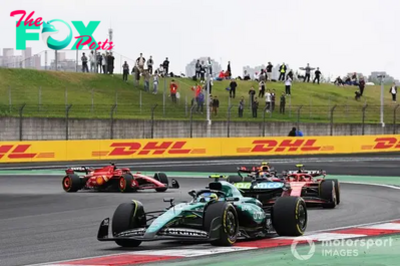
 F1 News1d ago
F1 News1d agoFIA's F1 stewards explain Aston Martin's right of review rejection from China
-
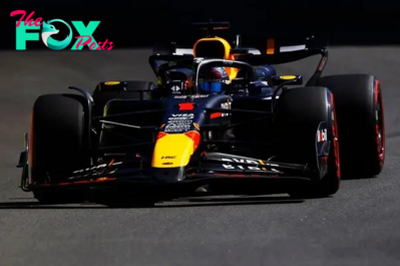
 F1 News1d ago
F1 News1d agoVerstappen “guessing” every lap in Miami GP qualifying with F1 tyre inconsistencies
-
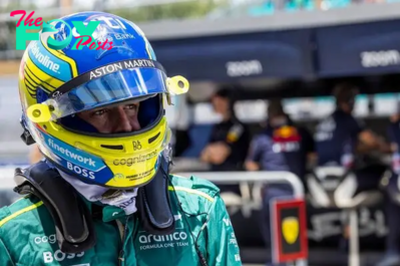
 F1 News1d ago
F1 News1d agoAlonso will speak to FIA about F1 stewards' bias as "nationality matters"
-

 F1 News1d ago
F1 News1d agoRussell: Mercedes has gone too far trying to solve 2023 F1 problems
-

 F1 News1d ago
F1 News1d ago2024 F1 Miami GP sprint results: Max Verstappen wins
-
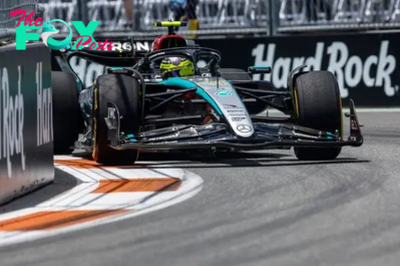
 F1 News1d ago
F1 News1d agoHamilton: Mercedes has to accept reality its F1 car is off the pace
-

 F1 News1d ago
F1 News1d agoWhat is the motorsport triple crown and who has claimed the feat?
